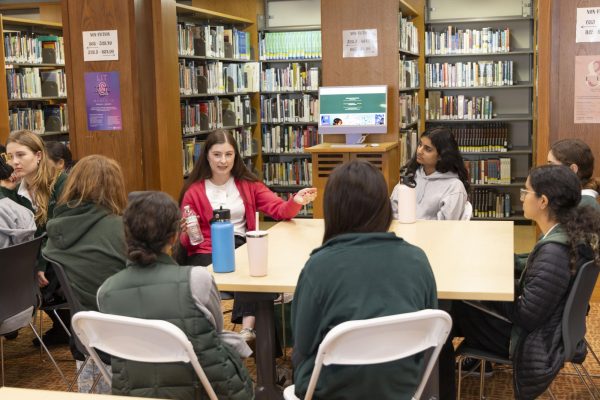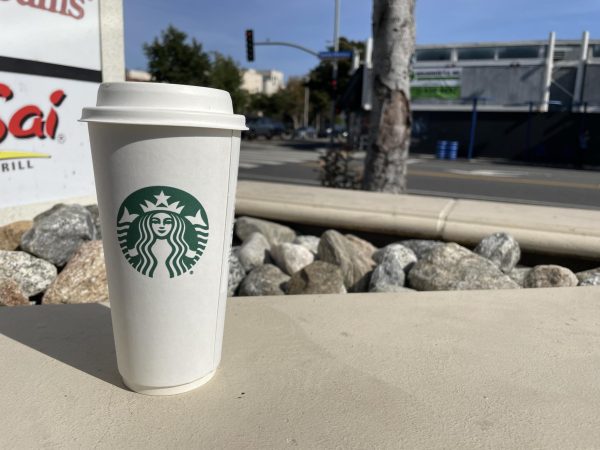Activist, survivor present about human trafficking
Photo credit: Cat Oriel
On the fourth International Day of the Girl, actress and human rights activist Julia Ormond and trafficking survivor and activist Maria Suarez present about human trafficking and being an agent of social change.
Over 20 million people in the world are victims of human trafficking, and 100,000 to 300,000 children fall into sex trafficking each year, according to British actress and human rights activist Julia Ormond.
On the fourth annual International Day of the Girl, hosted by Girls Educating Girls Club on Oct. 11, Ormond visited Archer to teach students about human sex trafficking and how to be an agent of social change.
Ormond was joined by trafficking survivor and activist, Maria Suarez, founder of the Maria Suarez Foundation, an organization dedicated to ending modern-day enslavement in Southern California.
Ormond shared that she wanted to make a global difference, and was not afraid of judgment or failure.

“I realized it wasn’t good enough to make the excuse [that] I’m scared, that I’m going to look foolish in a conversation, or I’m going to make a mistake,” she said. “I’ve learned everything from the mistakes I’ve made.”
She was initially a bit hesitant to start advocating for victims of human trafficking, even though it was very visible and common in the places she visited around the world. Along with her fear of not being able to find a solution, she also felt disconnected from people affected by trafficking.
“I thought 20 million people… Where are they? I haven’t met any of them, I don’t know who these people are. What I discovered is you won’t necessarily find them easily,” Ormond said.
Suarez was the first victim of human trafficking Ormond ever met. In 1976, a man in Azusa, CA bought Suarez for $200. She later spent 22 years wrongly incarcerated for the murder of her captor.
“[Suarez] has been this shining inspiration to me — that she went through this — and she walks this passion of helping other people,” Ormond said.
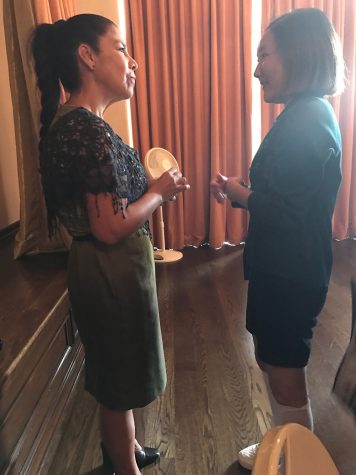
In 2007, Ormond started her non-profit organization, The Alliance to Stop Slavery and End Trafficking (ASSET).
Under Ormond’s leadership the group has applied critical thinking to support systemic change based on evidence-based solutions, according to Emma Halfon ’17, member of GEG. The organization values collaboration and works with organizations and people like Suarez throughout the world in pursuit of innovative solutions that can end long-standing practices of trafficking.
Ormond said that the first step for Archer girls to get involved is “having a longer conversation” and “leaning in together.”
“There is no way that any of us communally could get to the answers of this problem by doing it as individuals. If we want to help individuals we have to do it all together,” Ormond said. “I think it would be fun for Archer to maybe engage in something in supporting Maria with her work.”
Suarez’s foundation is currently working on raising money for young people affected by human trafficking.
“My heart is very big, my desire to help people is very big, but unfortunately my financial [situation] is very small,” Suarez said.
“If I can even save one out of a hundred, I am doing something,” she said. “I don’t want anymore Marias around the world going through that pain.”
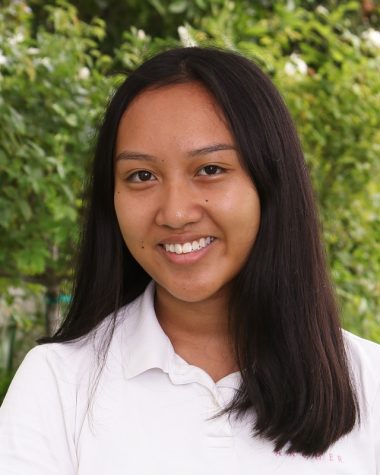
Cat Oriel joined the Oracle staff as a contributing writer in 2015, was promoted to Voices Editor in 2017 and is now the News and Features Editor. She...



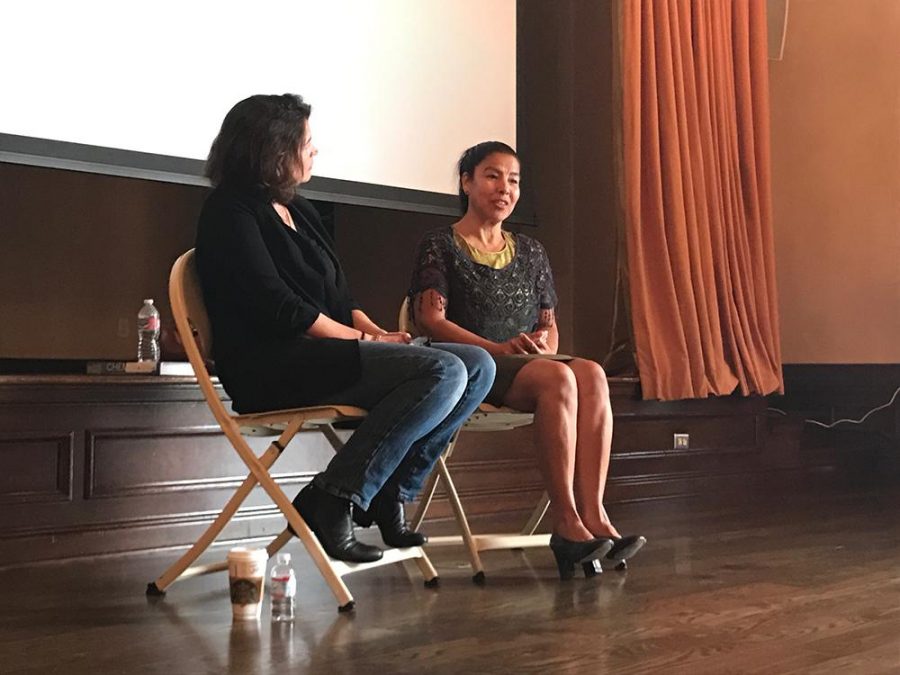
![Faculty and students play in the Color Clash rematch March 12. Danilka Foranda-Zanipatin ('25) plays for the senior team. “Just to have some time deticated to just being supported by [a] large community… it’s just nice to have a little distraction.”](https://archeroracle.org/wp-content/uploads/2025/03/Screenshot-2025-03-20-at-4.12.21 PM-600x451.png)
